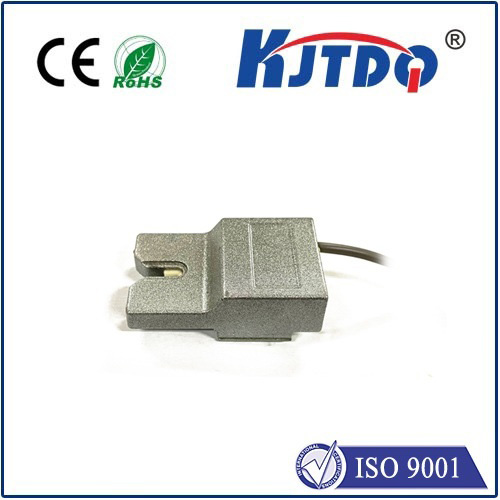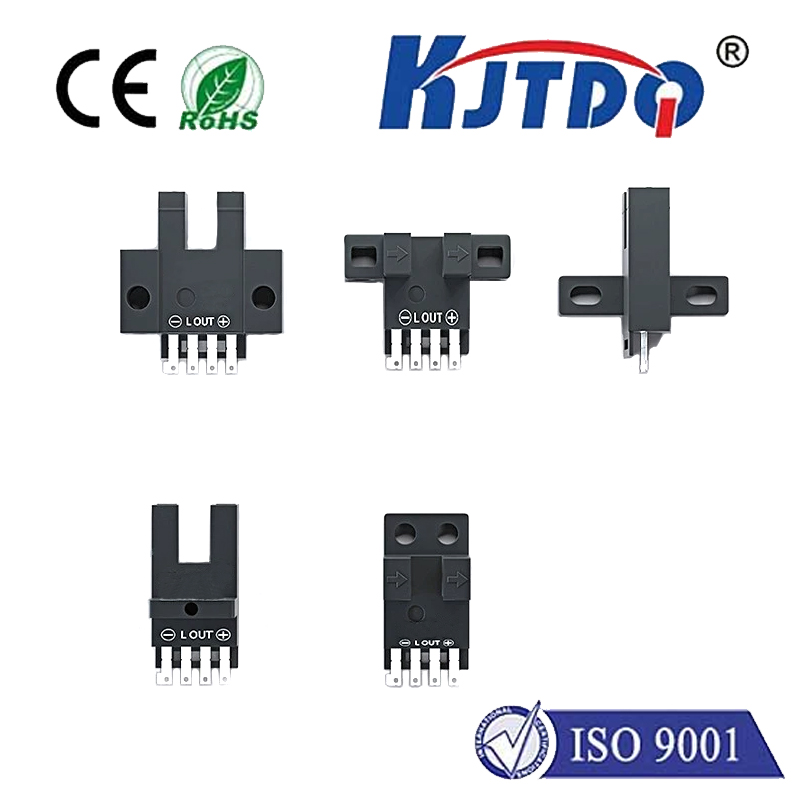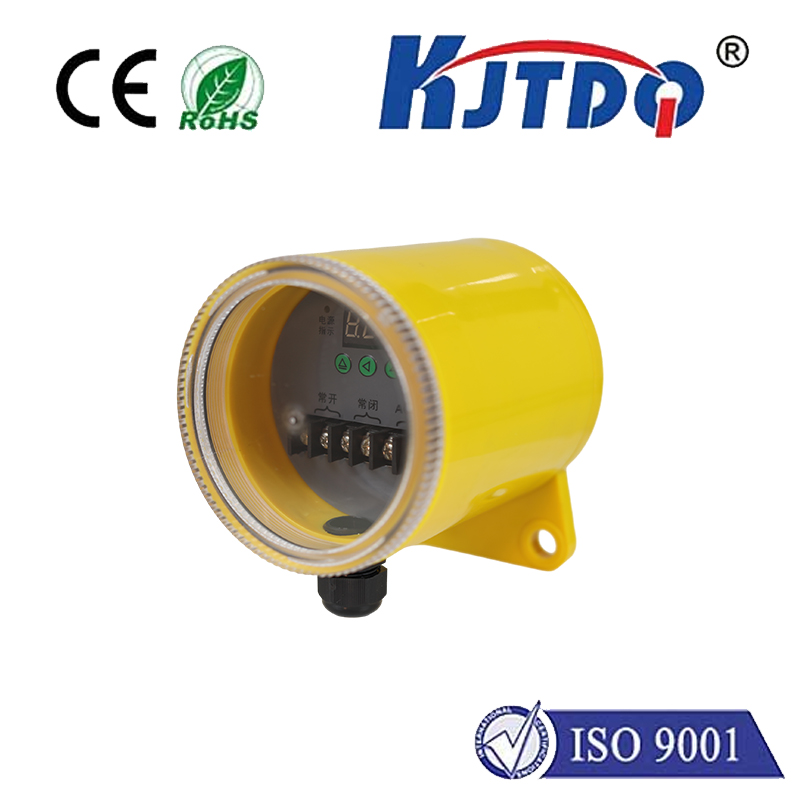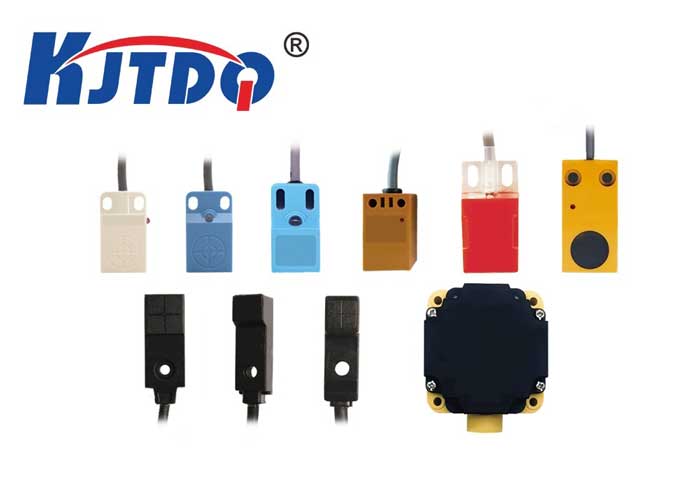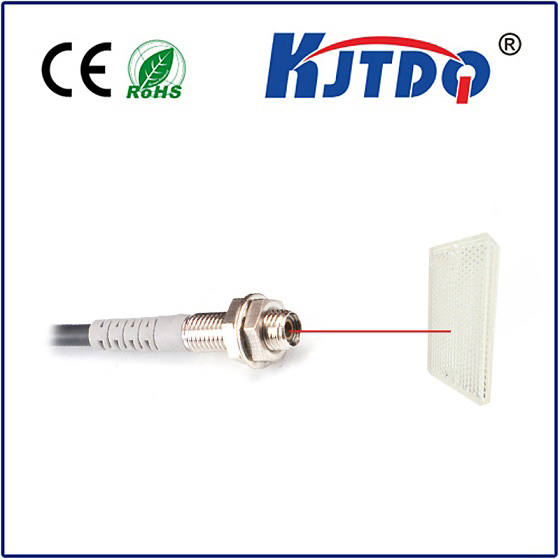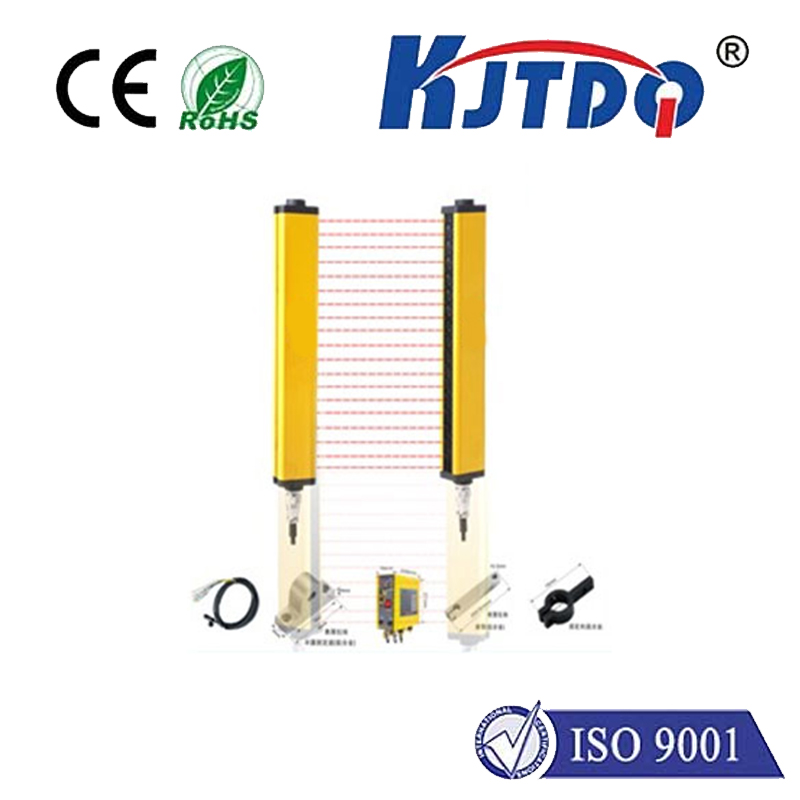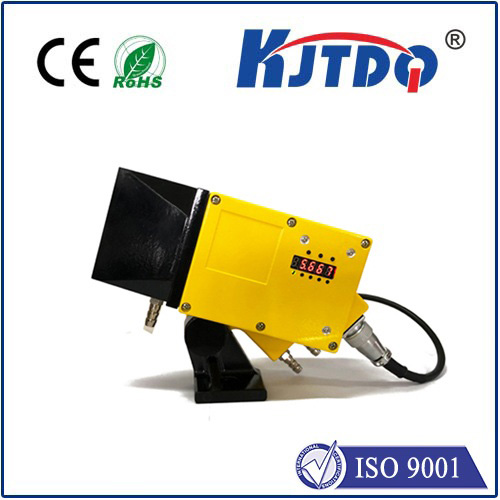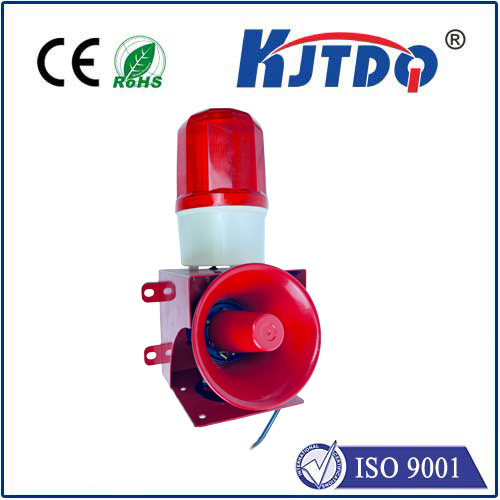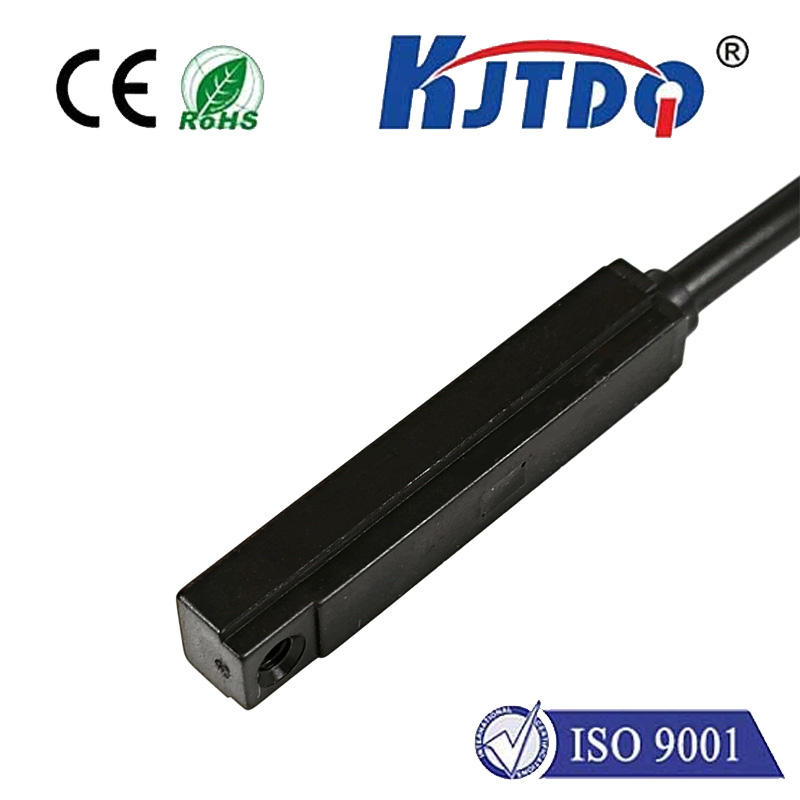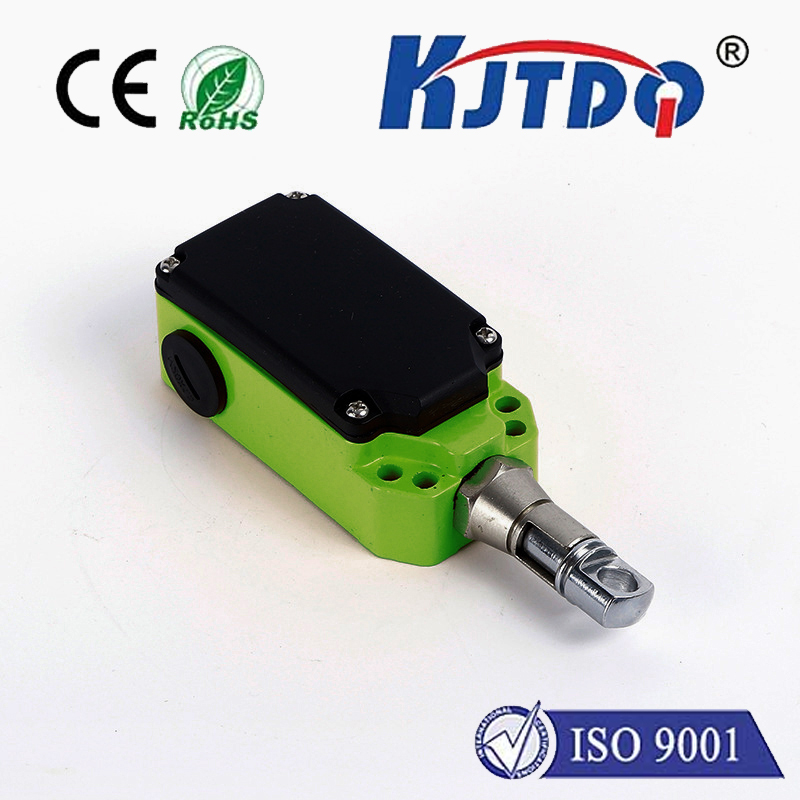
check

check

check

check
Title: Understanding the Role of Position Limit Switch in Automation Systems
Introduction:
Position limit switches are crucial components of automation systems that help ensure the safe and efficient operation of machines. They detect when a machine's position has reached a specific limit or point, alerting operators to take necessary actions to prevent damage to the equipment or injury to personnel. This article will explore the role of position limit switches in automation systems, their working principles, and how they contribute to overall system safety.
Section 1: The Definition and Function of Position Limit Switches
A position limit switch is a type of mechanical switch that is designed to sense the position of a machine or device. When the machine reaches a specific point in its movement, the switch contacts an electrical circuit, triggering an alarm or other action. These switches can be found in a wide range of applications, including manufacturing, packaging, and transportation industries. Their function is to provide real-time feedback on the position of the machine and help maintain safe operating conditions.
Section 2: Working Principles of Position Limit Switches
Position limit switches operate based on the principles of mechanics and electricity. They consist of two main components: a mechanical armature and an electric coil. When the armature moves through the magnetic field produced by the coil, it creates a voltage difference between the two terminals of the switch. If the armature reaches its designated limit, the voltage difference collapses, causing the switch to contact. This contact triggers an alarm or other action as specified by the system designer.
Section 3: Types of Position Limit Switches
There are several types of position limit switches available, each with its own unique features and application. Some common types include:
1. Single-position limit switches: These are the most basic type of limit switch, designed to trigger an alarm when the armature reaches a specific position. They are typically used for simple machines that do not require continuous monitoring.
2. Double-position limit switches: Similar to single-position switches, but with two positions available for activation. These switches are often used in complex machinery where precise positioning is essential.
3. Microswitches: These compact limit switches are designed for use in small spaces or high-precision applications. They feature a thin profile and low power consumption, making them ideal for sensitive environments.
Section 4: Applications of Position Limit Switches
Position limit switches are widely used in various industries due to their reliability and accuracy. Some specific applications include:
1. Industrial automation systems: Position limit switches are a critical component in industrial automation systems, helping to ensure the safe and efficient operation of machinery. They are used in applications such as conveyors, cranes, and material handling equipment.
2. Medical devices: These switches are also used in medical devices such as surgical robotic systems, where precise positioning is essential for accurate patient outcomes.
3. automotive industry: Position limit switches are used in automobiles to control various functions such as brakes, fuel injection systems, and transmissions. They play a crucial role in maintaining vehicle safety and performance.
Conclusion:
Position limit switches are an integral part of automation systems, providing real-time feedback on machine position and helping ensure safe and efficient operation. With their diverse range of applications and advanced technologies, these switches continue to evolve and improve, making them an indispensable tool in many industries today.
